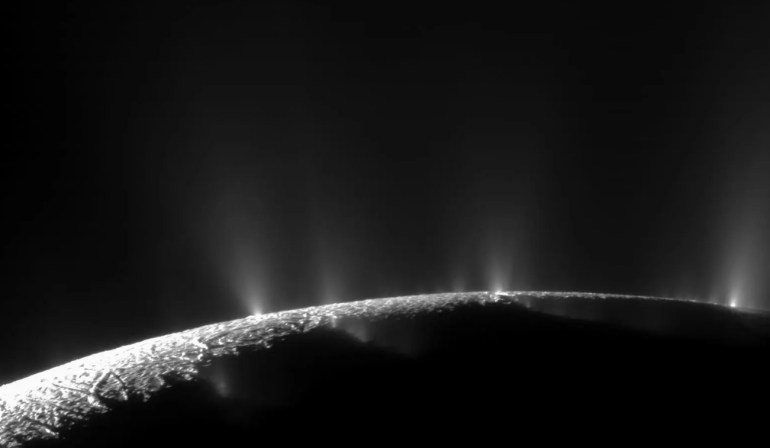NASA: Finding traces of life on two moons in the solar system is possible | Science
Astronomers are on a mission to search for signs of life far from Earth throughout the universe, and the solar system is of greatest interest because of its relatively close distances, especially the moons of the giant planets Jupiter and Saturn. Europa and Enceladus are prime candidates. Modern study Published in the journal Astrobiology, the findings suggest that signs of life may be found beneath the frozen crust covering the two moons.
Astrobiologists require water as an essential ingredient for life, and both moons, Europa and Enceladus, are thought to have oceans of liquid water beneath their icy surfaces. The water remains liquid because of heat generated by tidal forces from the gravity of Jupiter and Saturn.

The secret lies in the biometrics.
In the search for traces of life in any part of the universe, scientists target organic molecules and compounds such as amino acids and nucleic acids, which are the basic building blocks of the living body and appear as a result of biological activity. NASA scientists are interested in such biosignatures that may be buried in the ice just below the surface.
Future space missions aim to discover these signs that will provide conclusive evidence of the existence of a type of life. The Europa Clipper satellite is scheduled to be launched in October of this year, and it is authorized to read and study Jupiter's moon Europa.
Similarly, the proposed Enceladus Orbiter mission will launch in 2038, targeting Saturn's moon Enceladus, and the spacecraft is also planned to land to examine the moon's soil and surface up close.
According to the study, both moons contain vast oceans of water covered by a layer of ice, and water fountains have previously been seen erupting from the ice on the surface of Enceladus, supporting the theory of active hydrothermal processes that may increase the chances of a suitable environment for life.

Practical experiences
To understand how well these biosignatures could survive in such harsh conditions, scientists at NASA's Goddard Space Flight Center, led by Alexander Pavlov, conducted experiments simulating the conditions on Europa and Enceladus. They incorporated amino acids into a piece of ice and exposed it to gamma rays. The results were astonishing: they found the amino acids were still alive.
Pavlov pointed out – press release– Amino acids on Europa’s surface may remain intact at depths of up to about 20 centimeters, especially in areas less exposed to meteorite impacts. On Enceladus, amino acids a few millimeters below the surface could survive radioactive decay.
What makes the study's researchers even more excited is the surface renewal feature, as the ice layer on the surface of the two moons is constantly changing, and perhaps those organic compounds found in the depths will be pushed closer to the outer surface, making it easier for spacecraft to monitor them in the future.
